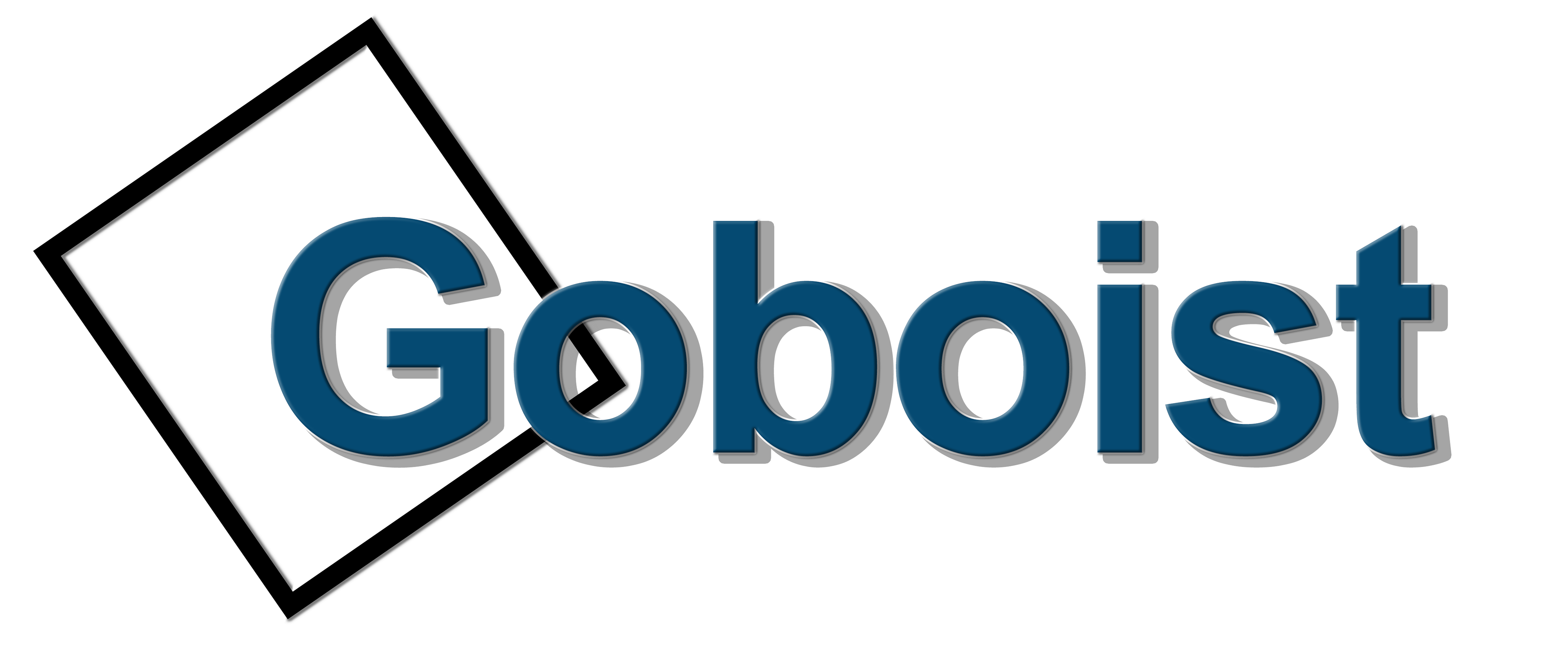This image of Joshua at a small park in Eagle, Idaho is my favorite style of natural light portraiture. It’s the purest form of natural subtractive lighting that can be done. No reflectors, no hand-held gobos and, of course, no additive light (e.g., flash). It’s all about subject placement and time of day. I build a portrait from the background forward. First, I scout the location well ahead of time. I go to a prospective location about 2 hours before sunset and approach from the East. I am looking for trees with a glow—I want that golden backlight for subject separation.
Equally important, I want a clear patch of sky on one side and something dense like a line of trees or bushes on the opposite side to block light from the sky, which creates asymmetric lighting on my subjects’ faces. This is the essence of subtractive lighting that was taught to me by Leon Kennamer decades ago. I always think of his lighting credo when looking at a potential location: “The light is at the edge of the forest.” He said that because when you venture into the forest you quickly lose useful directional light. You end up with mostly top light, creating the dreaded “racoon eyes” and otherwise flat lighting.
Regarding subject placement, I placed Joshua on my posing rock about 20 feet from the trees on camera left. This large group of trees provided substantial subtraction and helped sculpt the shadows across the side of Joshua’s face. I also prioritized getting the best possible sunset background glow, which meant placing Joshua with his back to a stand of trees in the distance that would catch the sunset light. Finally, the large patch of North sky on camera right creates a nice soft key light that produces the faint triangle glow under Joshua’s eye (camera left) reminiscent of Rembrandt lighting.
This portrait was taken at 8pm in July. Scheduling my portrait session at the “golden hour” brings the light level on the subject’s face closer to the light level of the background, which prevents overexposure of the highlights.
